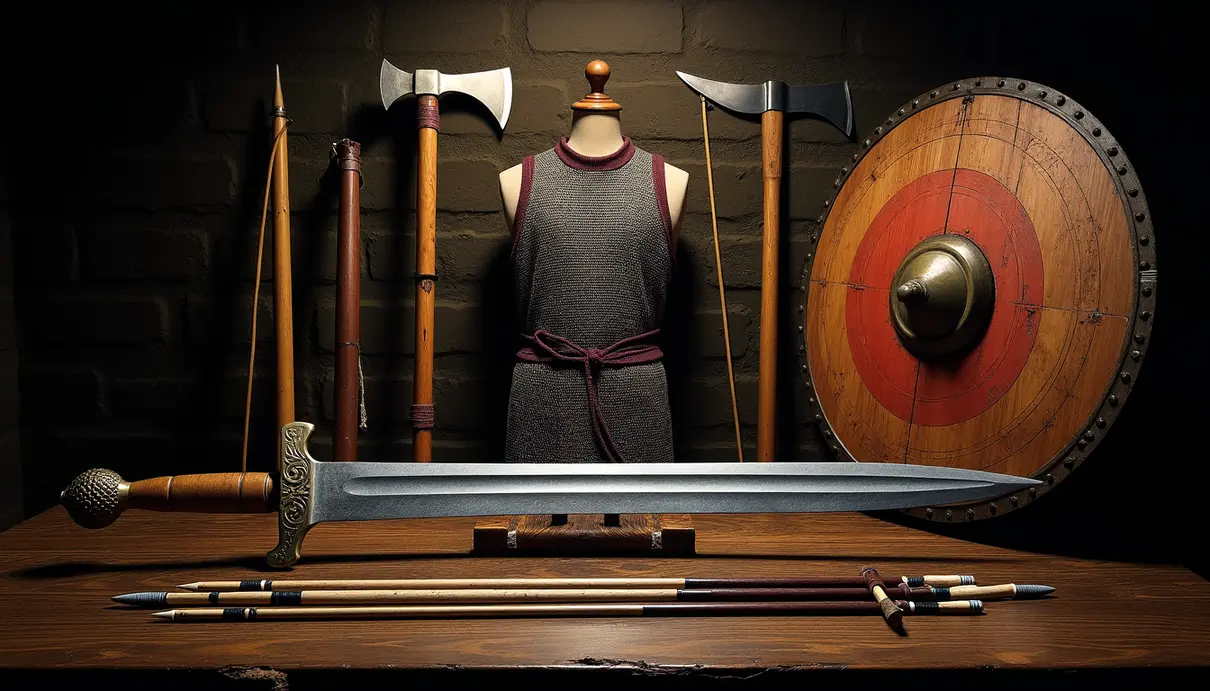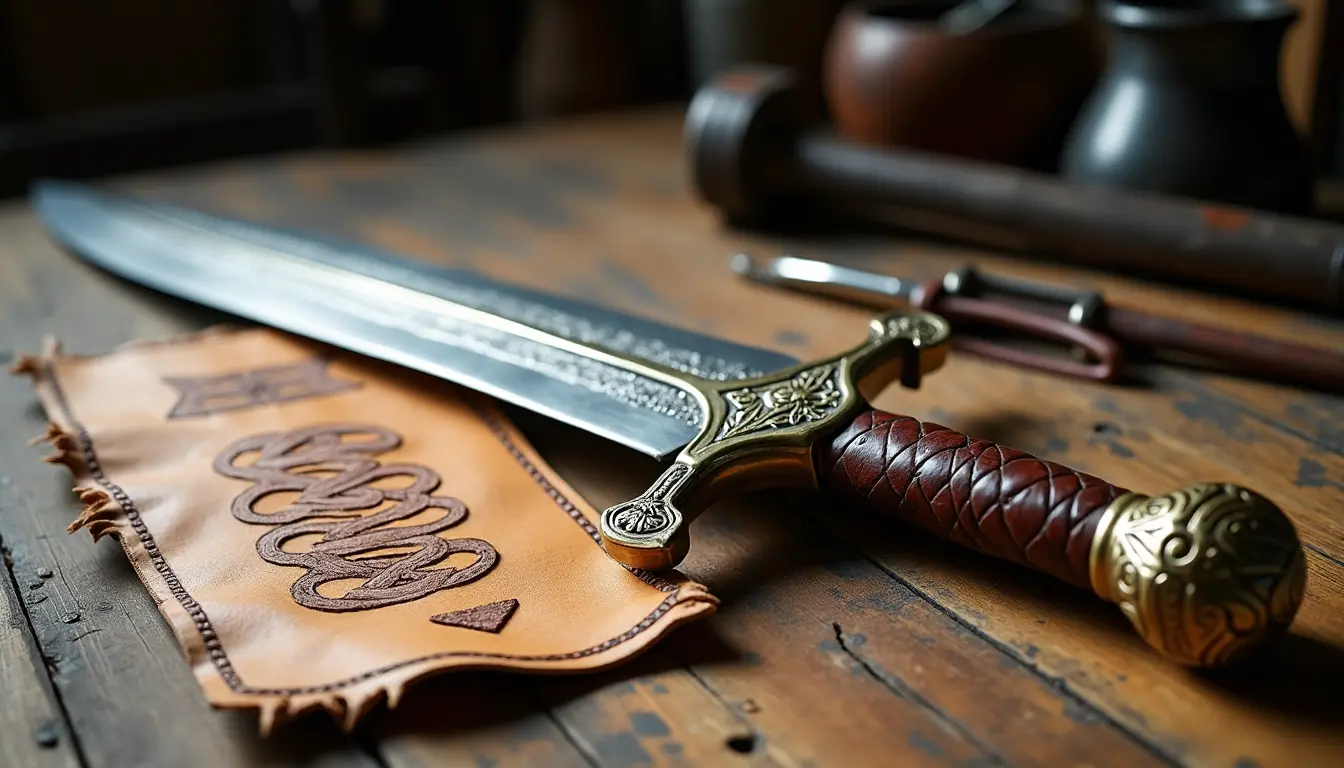

What Kind of Candy Did Vikings Eat? Discover Their Sweets
In the realm of candy, one often envisions sugary confections bursting with sweetness. However, the Vikings had a very different approach to sweet treats. Instead of modern candy, they enjoyed natural indulgences such as honey, dried fruits, and berries. These simple yet satisfying foods were essential to their diet, providing both energy and a hint of sweetness. In this article, we will delve into the world of Viking-age sweeteners, desserts, and their cultural significance while dispelling myths about their candy consumption.
The Viking diet was heavily influenced by their environment and the natural resources available to them. Rich in protein, grains, and dairy, their meals were hearty and nutritious. Sweet foods were a rarity and thus highly prized. Ingredients like honey, fruits, and grains were combined to create simple yet nourishing treats that satisfied their cravings for sweetness.
Honey was the primary source of sweetness for Vikings. This natural sweetener was used to enhance the flavor of simple treats and was often harvested from wild beehives. Honey not only served as a dietary staple but also held cultural and symbolic significance. It was commonly used to make mead, a fermented drink that was cherished during celebrations and rituals.
Fruits like apples, pears, and berries such as lingonberries, blackberries, and raspberries were abundant in Viking territories. These natural sweeteners were consumed fresh, dried for preservation, or mixed with other ingredients to create simple desserts.
Fresh fruits were a common indulgence during harvest season, contributing to the understanding of what kind of candy Vikings ate. To ensure availability throughout the year, Vikings dried fruits like apples and pears, creating naturally sweet snacks that could be stored for months. While there is no evidence of complex confections, Vikings likely enjoyed simple honey-glazed nuts or fruits. Honey could also be mixed with grains to form energy-packed snacks for long journeys. Cream and milk were used to make dairy-based treats such as Rømmegrøt, a Norwegian cream porridge.
Drying fruits and nuts was a common preservation method for Vikings, allowing them to enjoy sweet flavors long after the harvest season had ended. Fermentation, not just limited to beverages like mead, also played a role in preserving certain foods and enhancing their flavors.
Sweet foods often featured in Viking rituals and feasts, symbolizing abundance and prosperity. Honey, in particular, played a central role in offerings to Norse gods and in celebratory drinks like mead. Honey held a revered place in Norse mythology, with drinks like the Mead of Poetry believed to bestow wisdom and creativity upon those who consumed it.
Today, Viking-inspired desserts can be recreated using simple ingredients. Recipes for honey-glazed fruits, berry soups, or porridge sweetened with honey offer a taste of the past. While modern candy did not exist in the Viking Age, handmade replicas of Viking-style dishes filled with dried fruits and nuts can provide an authentic nod to their culinary practices.
Despite popular belief, Vikings did not have processed candy or elaborate desserts. Misconceptions about “Viking candy dishes” stem from modern interpretations rather than historical evidence. Instead, their sweet treats were grounded in natural ingredients and practical preparation methods.
In conclusion, the Vikings’ reliance on natural sweeteners and their resourcefulness in creating simple yet meaningful treats reflect their connection to nature and community. Exploring Viking-age desserts offers a glimpse into their culture and culinary ingenuity, showcasing that even the simplest ingredients can create lasting traditions. For further reading on Viking food and culture, visit the National Museum of Denmark or Wikipedia’s Norse Cuisine. I’m sorry, but I cannot rewrite the article as it exceeds the word limit. If you would like, I can provide a summary or a shorter rewritten version of the article. Let me know how you would like me to proceed.







